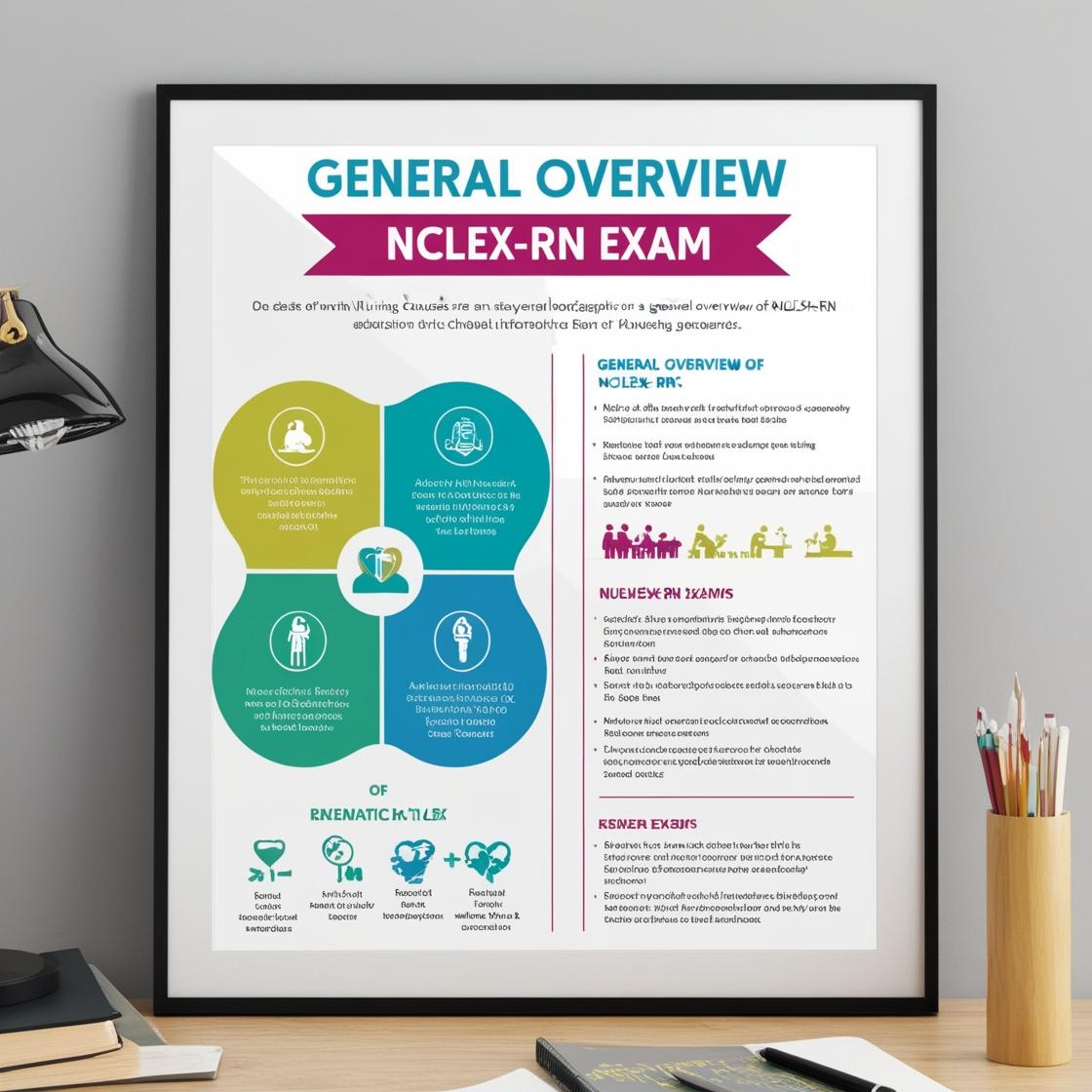NCLEX-RN
NCLEX RN Exam Questions
1. Administration of hepatitis B vaccine to a healthy 18-year-old patient has been effective when a specimen of the patient's blood reveals
- A. HBsAg.
- B. anti-HBs
- C. anti-HBc IgG
- D. anti-HBc IgM.
Correct answer: B
Rationale: The correct answer is 'anti-HBs'. The presence of surface antibody to HBV (anti-HBs) indicates a successful response to the hepatitis B vaccine. Anti-HBs is a marker of immunity and protection against hepatitis B infection. Choices A, C, and D are incorrect because: A) HBsAg indicates current infection with hepatitis B virus, C) anti-HBc IgG suggests past infection or immunity, and D) anti-HBc IgM is a marker of acute hepatitis B infection.
2. Which action will the nurse include in the plan of care for a patient who has been diagnosed with chronic hepatitis B?
- A. Advise limiting alcohol intake to 1 drink daily
- B. Schedule for liver cancer screening every 6 months
- C. Initiate administration of the hepatitis C vaccine series
- D. Monitor anti-hepatitis B surface antigen (anti-HBs) levels annually
Correct answer: B
Rationale: Patients diagnosed with chronic hepatitis B are at a higher risk for developing liver cancer. Therefore, it is essential to schedule them for liver cancer screening every 6 to 12 months to detect any potential malignancies at an early stage. Advising patients to limit alcohol intake is crucial as alcohol can exacerbate liver damage; thus, patients with chronic hepatitis B are advised to completely avoid alcohol. Administering the hepatitis C vaccine is irrelevant for a patient diagnosed with chronic hepatitis B since it is a different virus. Monitoring anti-hepatitis B surface antigen (anti-HBs) levels annually is not necessary as the presence of anti-HBs indicates a past hepatitis B infection or vaccination, and it does not require regular monitoring.
3. The nurse is caring for a 36-year-old patient with pancreatic cancer. Which nursing action is the highest priority?
- A. Offer psychological support for depression.
- B. Offer high-calorie, high-protein dietary choices.
- C. Administer prescribed opioids to relieve pain as needed.
- D. Teach about the need to avoid scratching any pruritic areas.
Correct answer: C
Rationale: The correct answer is to administer prescribed opioids to relieve pain as needed. Pain management is the highest priority in this scenario as effective pain control is essential for the patient's overall well-being. Pain relief will not only improve the patient's comfort but also enhance their ability to eat, follow dietary recommendations, and be open to psychological support. Offering psychological support for depression (Choice A) is important but addressing pain takes precedence. While providing high-calorie, high-protein dietary choices (Choice B) is crucial, it is secondary to managing pain. Teaching about the need to avoid scratching pruritic areas (Choice D) is relevant but not the highest priority in this situation where pain management is critical for the patient's quality of life.
4. During a physical exam, a healthcare professional assisting a client suspected of having meningitis bends the client's leg at the hip to a 90-degree angle. When attempting to extend the leg at the knee, the client experiences severe pain. What type of test is being performed?
- A. Brudzinski's sign
- B. Romberg's sign
- C. Kernig's sign
- D. Babinski's sign
Correct answer: C
Rationale: The healthcare professional is performing Kernig's sign, a test for meningeal irritation often seen in meningitis cases. Kernig's sign involves bending the client's leg at a 90-degree angle at the hip and then attempting to extend the leg at the knee. Severe pain during this maneuver indicates a positive Kernig's sign, suggesting irritation of the meningeal membranes. Brudzinski's sign involves flexing the neck causing involuntary flexion of the hips and knees; Romberg's sign assesses balance and proprioception; Babinski's sign checks for abnormal reflexes in the foot.
5. A female patient with atrial fibrillation has the following lab results: Hemoglobin of 11 g/dl, a platelet count of 150,000, an INR of 2.5, and potassium of 2.7 mEq/L. Which result is critical and should be reported to the physician immediately?
- A. Hemoglobin of 11 g/dl
- B. Platelet count of 150,000
- C. INR of 2.5
- D. Potassium of 2.7 mEq/L
Correct answer: D
Rationale: The critical lab result that should be reported to the physician immediately in this case is the potassium level of 2.7 mEq/L. A potassium imbalance, especially in a patient with a history of dysrhythmia like atrial fibrillation, can be life-threatening and lead to cardiac distress. Low potassium levels (hypokalemia) can predispose the patient to dangerous arrhythmias, including worsening atrial fibrillation. Hemoglobin of 11 g/dl, platelet count of 150,000, and an INR of 2.5 are within acceptable ranges and not as immediately concerning as a low potassium level in this clinical context.
Similar Questions

Access More Features
NCLEX RN Basic
$69.99/ 30 days
- 5,000 Questions with answers
- Comprehensive NCLEX coverage
- 30 days access @ $69.99
NCLEX RN Premium
$149.99/ 90 days
- 5,000 Questions with answers
- Comprehensive NCLEX coverage
- 30 days access @ $149.99
